The Sun Is Smaller Than We Thought?
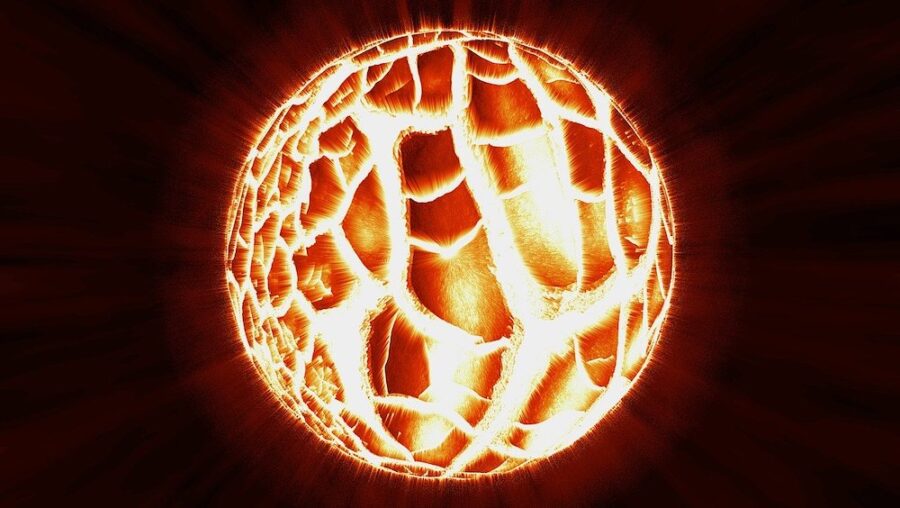
A write-up in Science Alert seems to suggest that our solar system’s Sun may be significantly smaller than scientists previously thought. Though the Sun has been an ever-present force dangling in the sky since long before the dawn of mankind, it is possible that scientists overestimated its size due to their inability to stare right at it.
Sun Is Smaller Than Thought

A team of astronomers claim to have discovered evidence that the massive plasma ball’s radius is considerably slimmer than previous analyses had indicated.
Though these astronomers, headed by Douglas Gough from Cambridge University and Masao Takata from the University of Tokyo, have estimated the Sun’s radius to be only a few hundredths of a percent smaller than previous figures, NASA says this difference is massive when confronted with the sheer scale of the solar energy center.
Under Peer Review
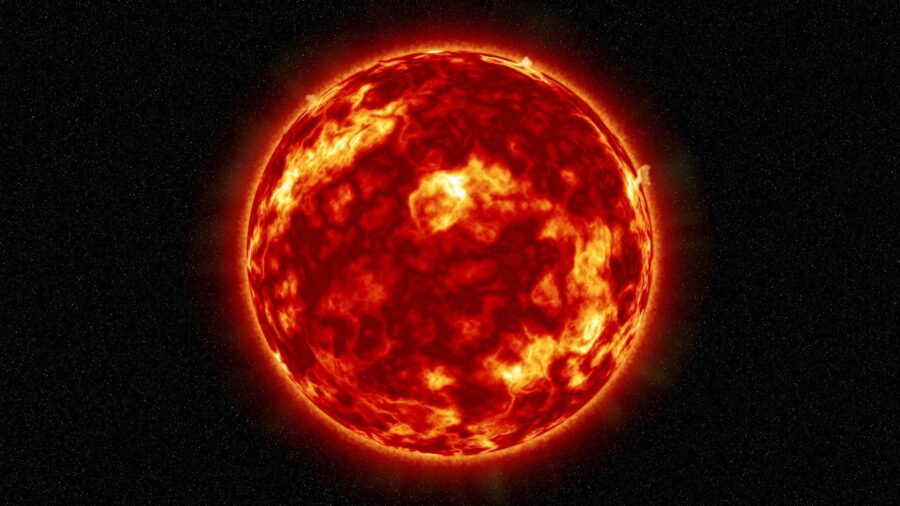
The results are currently under peer review, though preliminary records of this discovery seem to signal a great deal of accuracy from the stargazing duo.
The new research on the Sun was conducted through a process that generates sound waves through the star’s plasma, probing for units of pressure called ‘P-modes.’
Recalibrating Ideas About The Sun
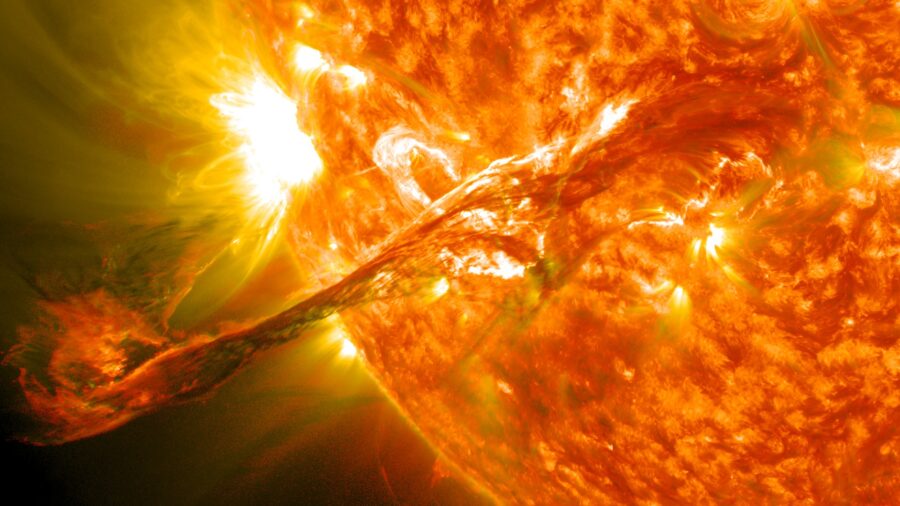
These P-mode readings support highly accurate documentation that measures changes in pressure from within the center of the Sun.
If these P mode oscillation readings are correct, scientists may be forced to recalibrate everything they thought they knew about the massive fireball in the sky which provides life to every creature on Earth.
The Sun Shakes
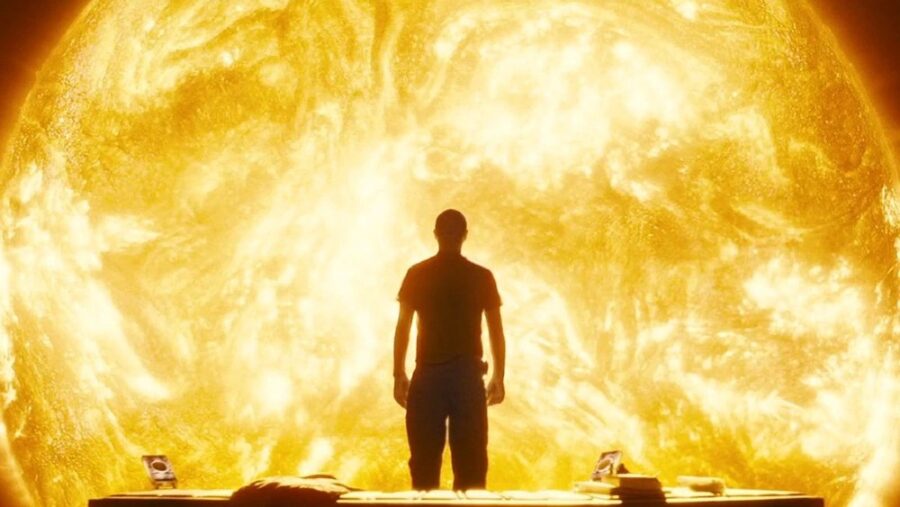
In a study of these readings conducted by Stanford University researchers, scientists have compared the Sun to a giant ringing bell, constantly gyrating due to the force of billions of small grains of sand.
This seismic pressure sees the red-hot orb producing millions of sound waves that ripple through space, resulting in the appearance of a significantly larger celestial being.
Essentially, the Sun functions like a small object shaking so hard and so fast that it appears to be blurred into three of itself at all times, presenting an image of a much larger Sun.
Pressure Fluctuations
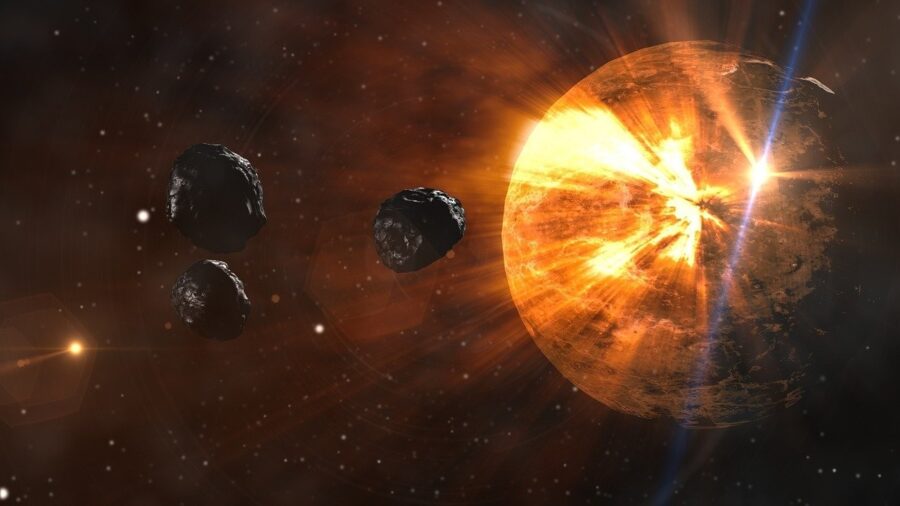
By measuring the seismic activity of the Sun using P-modes rather than visual factors, Gough and Takata have stumbled upon a shocking discovery that seems to suggest the swirling hot plasma that comprises the Sun’s core is much smaller than previously believed.
With pressure fluctuations plaguing the celestial fireball from its core to its outer surface, these seismic signatures bounce and bend wildly across the Sun’s spherical surface. It results in the artificial size inflation scientists have documented to this day.
Numerous Theories
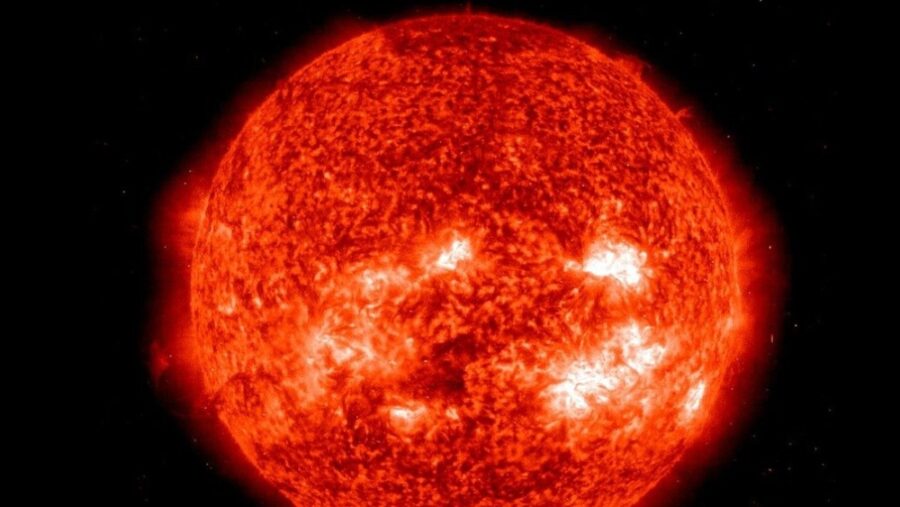
If this discovery turns out to be accurate, it serves as a reminder to those within the scientific community that discoveries can always be reassessed and reconfigured through additional research.
Long before astronomers began studying the Sun using seismic waves, researchers had believed numerous theories that progressed science while also proving to be ultimately false in the long run.
Scientists have long relied on mathematical equations utilizing the Sun’s radius to calibrate successful space missions, meaning these new figures could serve to assist future astronauts in long-form missions off the planet.












